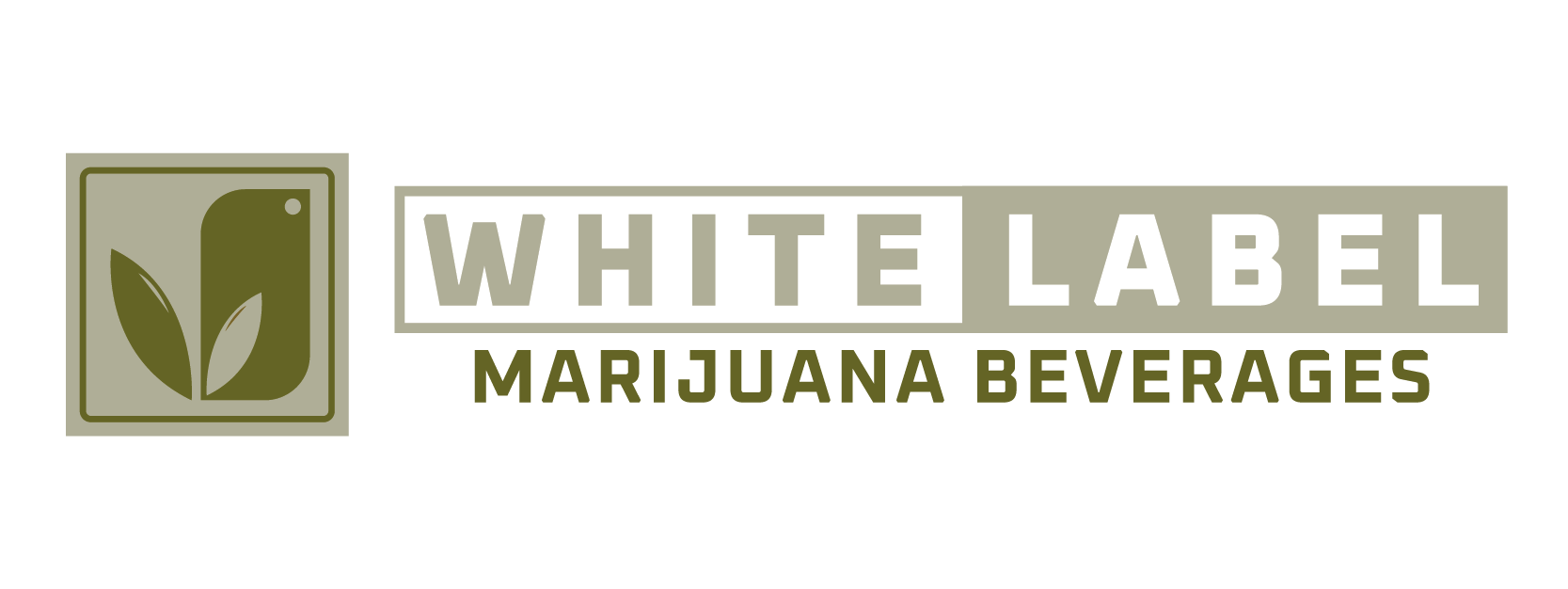White label cannabis beverages face a very different logistics reality than flower or vapes—and those differences ripple directly to retailers and consumers.
Category Share and Delivery Density
Beverages are still a small but growing category. In most mature markets, drinks represent only about 1% of total cannabis sales. While the base is rising, it remains modest compared to flower or vape products. This means distributors deal with lower delivery density. Fewer high-velocity SKUs per route make pallets slower to move and stops harder to optimize. These slower turns increase carrying costs, raise the risk of breakage, and tie up cash in warehouse space that might otherwise support fast-moving categories like eighths of flower or vape cartridges.
Handling and Temperature Control
Beverages also require more delicate handling. Many are made with water-compatible nanoemulsions that can degrade under heat, while cold weather can cause cans to freeze in transit. Either scenario compromises potency and taste, which leads to product returns and damages brand trust. To protect quality, distributors often implement temperature-controlled transport, insulated vehicles, and detailed procedures for short dwell times at docks. These additional layers of protection add cost and complexity not typically required for flower jars or vape carts.
Regulatory Weight and Packaging Efficiency
The regulatory burden for cannabis beverages is heavier as well. In California, for example, distributors must operate owned or leased vehicles, generate manifests for every run, and keep goods inaccessible during transit. Many states also restrict edibles to 10 mg of THC per serving and 100 mg per package. To comply, beverage makers lean toward multi-serve formats that are physically larger for the same total THC. This creates less efficient storage and shipping compared to smaller, more concentrated products like vapes or flower.
Tax frameworks add further strain. In some states, infused products are taxed at a higher rate than flower. This lifts retail prices on beverages compared to inhalable products, putting pressure on distributors and retailers to justify value through education, merchandising, and trial promotions.
Retail Challenges
Retailers experience these distribution hurdles firsthand. Beverages consume disproportionate amounts of back-room and fridge space. Heavy cases cube out quickly and require first-in, first-out discipline to manage shelf life. Stores must weigh limited refrigeration capacity against the incremental basket size chilled singles can drive. Because the category is dominated by a handful of brands and flavors, even small forecasting errors can create outsized out-of-stocks or markdowns. A single recall or late shipment can noticeably impact weekly sales for stores with limited beverage selection.
Consumer Impact
For consumers, the challenges manifest as availability and consistency issues. If a distributor pauses routes during extreme weather—or reallocates capacity toward faster-turning categories—popular flavors may disappear for weeks. Recalls related to labeling or dosing can pull entire lots from shelves at once, limiting choice and eroding trust. For newer consumers trying beverages as an alternative to alcohol, these gaps can discourage repeat purchases and slow category growth.
Distributor Best Practices
Despite these hurdles, distributors can take steps to mitigate challenges. Many cluster deliveries by temperature requirements and stage safety stock ahead of extreme weather. Dynamic minimum order quantities and vendor-managed inventory can keep cases flowing without overwhelming retailers’ back rooms. Some co-load beverages with compatible edibles to improve drop density, while others encourage standardizing pallet and case dimensions across white label partners. High-contrast date coding, real-time data on temperature excursions, and transparent return reporting all help manufacturers refine emulsions, packaging, and pack sizes for stability and efficiency.
In Summary
Compared to flower and vapes, white label beverages will likely remain more difficult to distribute until category share expands significantly. Still, disciplined routing, strict temperature control, and data-driven collaboration allow distributors to safeguard margins while enabling retailers to merchandise chilled singles and multi-packs with confidence. Ultimately, this translates to consumers experiencing fewer gaps, steadier pricing, and more reliable effects across batches—a realistic path for white label beverages to gain long-term traction.
